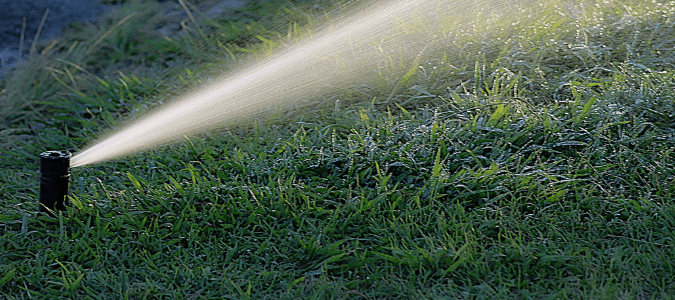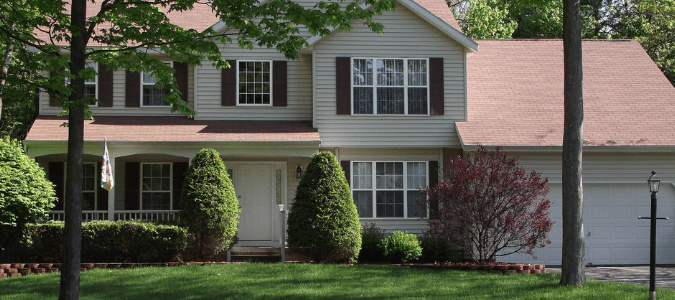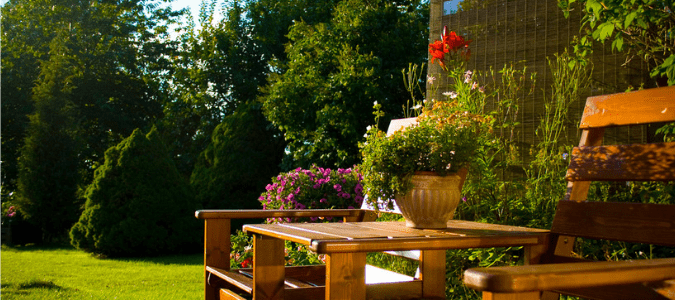About 70% of the Earth’s surface is water. Many people want to do their part to use less water, but it can feel like a daunting task. However, saving a little H2O here and there can add up quickly, and it is easier than you might think. You can use less water without much effort or big changes in your lifestyle.
A very simple way to reduce your water use is to switch from baths to showers. A good soak is relaxing, but it can take almost 80 gallons of water to fill your tub! Showers use far less water and are more efficient for getting clean. Teaching your family to turn off the faucet while brushing teeth or shaving also helps more than you might think.
Using Appliances to Conserve
You can also save some water by using less in the toilet. If you have a high-efficiency model, you are already conserving. If you don’t, you can still reduce usage by lowering the toilet fill valve. However, ensure you don’t lower the fill valve too much, or it could lead to other issues.
A little home maintenance will do wonders for water savings. A typical leaking faucet can waste nearly a gallon of water a day. A fast or steady leaking faucet can waste up to 11 gallons a day. That really adds up over the course of a month!
Similarly, a toilet that leaks when flushed can waste about 200 gallons of water every day. Getting a professional to check and fix such leaks is an easy way to slow water waste.
Appliances can be major water hogs, but that doesn’t mean you have to let all that water flow down the drain. Taking certain steps can keep appliances working for you without using an excessive amount of water. For instance, your washing machine can use anywhere from 15 to 40% of your home’s indoor water use. Paying attention to the load settings can make a difference. If you are doing a smaller load, be sure you don’t leave the washing machine on large, for example. That extra water isn’t getting your clothes any cleaner: It’s just going to waste. If you are shopping for a new washing machine, look into a front-loading model. They tend to use less water.
Conserving in the Kitchen
Moving into the kitchen, you might think that doing dishes by hand is a solid way to save water. Running a full load of dishes in an energy-efficient dishwasher uses less than doing them yourself.
Conserving in the Yard
Watch your water habits outdoors as well. Anywhere from 30% to 60% of drinking water keeps yards and gardens growing, and much of that is wasted by sprinklers that hit sidewalks or driveways. If you water your lawn and plants during the heat of the day, much of that water will evaporate instead of helping things grow.
Overwatering is just as serious since it harms your plants and grass more than it helps. Trying to strike a perfect balance can be tricky. Hand-watering, drip irrigation and soaker hoses are the most efficient. Fortunately, there are some resources you can rely on to help guide you during the summer months. For example, the WaterMyYard program uses local weather data to provide free weekly watering advice. Water Is Awesome is a similar program that recommends how much to water your lawn with your sprinkler system.
In the summer, 50% or more of our water use comes from the outdoors. Making your sprinkler system efficient can cut back on waste while still keeping your landscape gorgeous. Contact a sprinkler repair specialist to learn what type of automatic system will work best in your landscaping and show you how often you should water your lawn with a sprinkler system. You can conserve water and still have a beautiful yard!
Why Is It Important to Conserve Water?
Water is a very important resource. Humans can only survive for 3 to 5 days without it. It is even more precious because it is not renewable. With such a large portion of the planet covered in water, it’s easy to think there will always be plenty. Water is not an unlimited resource.
Ocean water isn’t something we can drink or use for watering our landscaping in its normal state. In order to be usable, it must go through processing and cleaning. Water also isn’t portable. Where usable freshwater is plentiful also dictates its availability. If the U.S. has a lot of fresh, usable water, that does nothing to help a water shortage in Africa. If it rains in Minneapolis, that means nothing to the parched land in Texas.
You might wonder, then, why those living in rainy climates should care about conservation. The simple answer is that the water cycle from rain to drinking water is complex and takes time. So even if you are getting a lot of rain, that does not mean your water supply can’t run out.
Humans aren’t the only living creatures that rely on water to live. Cattle and other animals that we use for food, as well as the plants we grow to nourish ourselves, all need water. In the hot summer months, conserving water is even more vital. Crops ruined by the scorching sun mean less food for our neighbors across the planet. To ensure that you are making the most of this precious resource, talk to a sprinkler repair specialist to make sure you are keeping water waste to a minimum.
Water Conservation Facts
Here are a few things you might not have known about water usage and why conservation is key:
- Every person in the United States uses about 82 gallons of water daily at home.
- Each average U.S. family spends more than $1,000 every year in water costs. If they update fixtures and appliances to those with a WaterSense label or ENERGY STAR certification, they could save almost $400 a year!
- Leaks around the house waste almost 10,000 gallons of water every year, per household.
- The average U.S. diet requires almost 1,000 gallons of water per person, per day, to produce. That is more than necessary for household use or transportation per person.
- Washing your car uses 150 gallons of water. Wash less frequently, and you can help save water.
- A gallon of gas for your vehicle takes about 13 gallons of water to produce if you count all the parts of the supply chain that need to get that gas from the source to your tank. To reduce that impact, combine errands all in one trip or take public transit.
- If you have a pool in your backyard, you should know that it takes an average of 22,000 gallons of water to fill an average home pool. If you leave the pool uncovered, you could lose hundreds of gallons of water every month through evaporation.
You can save money at home by bringing in a sprinkler repair specialist to analyze where you might have water waste in your yard. Here are some water facts about agriculture:
- Agriculture uses 70% of the world’s fresh water. So everything about our food chain involves water. For instance, it takes about 1,300 gallons to produce the 12 oz. steak you might enjoy for a special meal. Are you a java fiend? It takes about 37 gallons of water to grow the coffee beans needed to make just one cup of joe.
- It takes almost 7,000 gallons of water to grow a day’s worth of food for a family of four people.
- Producing just one glass of pasteurized milk for your breakfast requires 52 gallons of water.
- Looking for a new car? It takes about 39,000 gallons of water to make that vehicle.
As you can see, water is essential not only for humans and other living creatures to thrive but also for all the processes that create the goods we need and enjoy. You can do your part to conserve this precious resource by looking for hidden water leaks in your home and talking to a lawn service pro about the best way to maintain your yard without waste.
ABC Can Help You Conserve Water
Knowing how to conserve water while still caring for your home and yard can be difficult to do on your own. The licensed lawn service pros at ABC Home & Commercial Services can advise you on water conservation tips on your whole property. ABC’s help, you can keep your grass and plants healthy year-round, while helping the environment.



